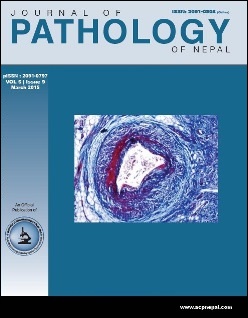Assessment of Candidal carriage in patients with Type II Diabetes Mellitus
DOI:
https://doi.org/10.3126/jpn.v5i9.13784Keywords:
Diabetes Mellitus, Candida, Candidal carriageAbstract
Background: It is generally acknowledged that patients with diabetes mellitus are more susceptible to fungal infections, particularly with Candida albicans. Oral infection by Candida can result in a number of clinical lesions, including median rhomboid glossitis (central papillary atrophy), denture stomatitis, squamous cell carcinoma, Radiation therapy, immunocompromised status, etc. Different studies have shown that patients with diabetes mellitus have increased frequency of oral candidal carriage and increased risk of candidiasis, which is related to poor metabolic control, neutrophil dysfunction, reduced salivary flow, high glucose concentration in blood and saliva and in medications.
Materials and Methods: Subjects of both the groups were given 10 ml of sterile normal saline and asked to rinse the mouth for one minute. The subjects were then asked to return the oral rinse in a sterile clean, broad-mouthed container which was capped, labelled and taken to the laboratory. The samples were then inoculated onto the culture medium (Sabouraud’s dextrose agar with Chloramphenicol) with minimal delay (within 6-8 hours of collection of oral rinse). Candidal colonies were counted and compared with non-diabetics.
Results: Statistically significant increase in colony forming units (p=0.0324) were obtainedin patients with diabetes mellitus.
Conclusion: The results indicate significant increase in colonization and carriage of candida in the oral cavity among diabetics when compared with non-diabetics. However, further research using larger samples is required which may lend credibility to the suggestion of increased candidal CFUs in diabetics serving as a surrogate marker of serum glucose levels.
Journal of Pathology of Nepal (2015) Vol. 5, 733-738
Downloads
Downloads
Published
How to Cite
Issue
Section
License
This license enables reusers to distribute, remix, adapt, and build upon the material in any medium or format, so long as attribution is given to the creator. The license allows for commercial use.




